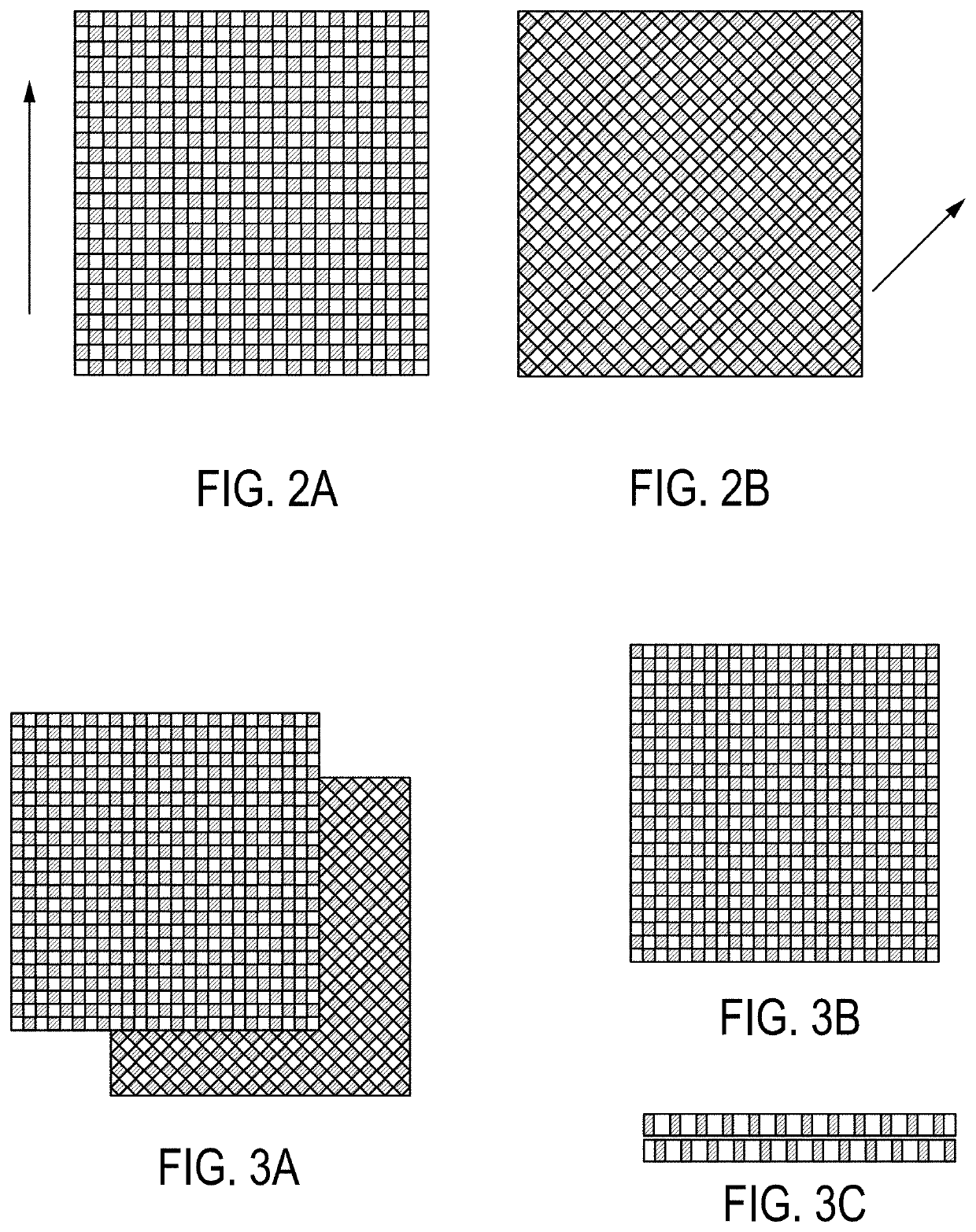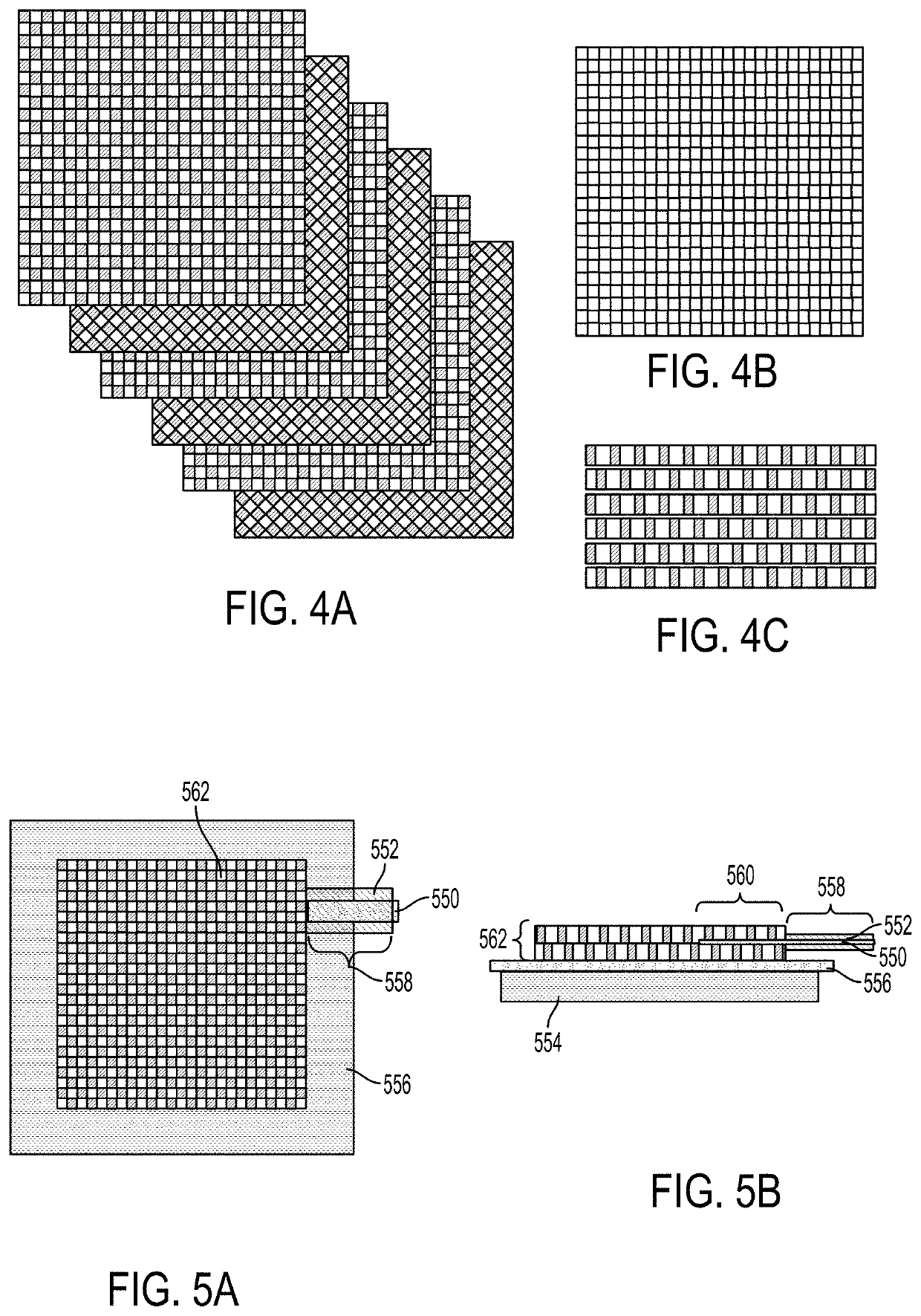Structural lithium-ion batteries with carbon fiber electrodes
a lithium-ion battery and carbon fiber technology, applied in the field of structural lithium-ion batteries, can solve the problems of lack of strength characteristics, less space for structural components, and large volume of batteries in devices, and achieve the effect of reducing the overall weight of devices and improving battery life and power
- Summary
- Abstract
- Description
- Claims
- Application Information
AI Technical Summary
Benefits of technology
Problems solved by technology
Method used
Image
Examples
examples
[0172]The following are example structural batteries and tests of example structural batteries conducted by Applicants.
[0173]The structural battery may be tested with a galvanostat or battery cycler. Galvanostatic cycling may be performed on the cell at a current density of 0.2 to 1.0 milliamps per square-centimeter of cell area. An upper voltage limit of 4.2 V and a lower voltage limit of 3.0 V may be used during the galvanostatic cycling. The battery may be charged and discharged for at least 10 cycles. The resulting capacity and voltage values can be used to calculate specific capacity, specific energy, and coulombic efficiency over multiple cycles.
[0174]FIGS. 13A-13C provide galvanostatic charge-discharge cycling data for cells according to some embodiments described herein. The results of testing were normalized to accommodate variations in total cell weight. Specifically, FIG. 13A shows data for single-sided cells and double-sided cells. Five replicate double-sided cells were ...
PUM
| Property | Measurement | Unit |
|---|---|---|
| wt % | aaaaa | aaaaa |
| wt % | aaaaa | aaaaa |
| angle | aaaaa | aaaaa |
Abstract
Description
Claims
Application Information
 Login to View More
Login to View More - Generate Ideas
- Intellectual Property
- Life Sciences
- Materials
- Tech Scout
- Unparalleled Data Quality
- Higher Quality Content
- 60% Fewer Hallucinations
Browse by: Latest US Patents, China's latest patents, Technical Efficacy Thesaurus, Application Domain, Technology Topic, Popular Technical Reports.
© 2025 PatSnap. All rights reserved.Legal|Privacy policy|Modern Slavery Act Transparency Statement|Sitemap|About US| Contact US: help@patsnap.com



